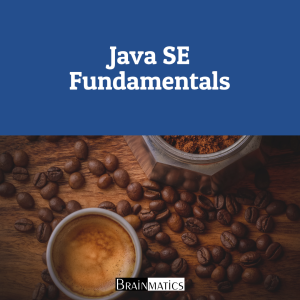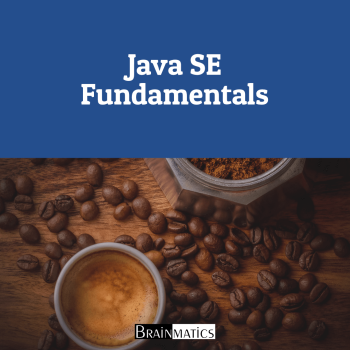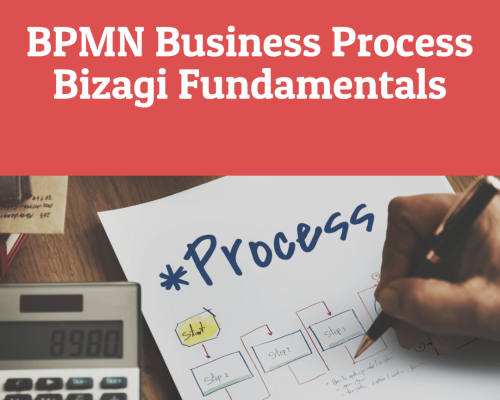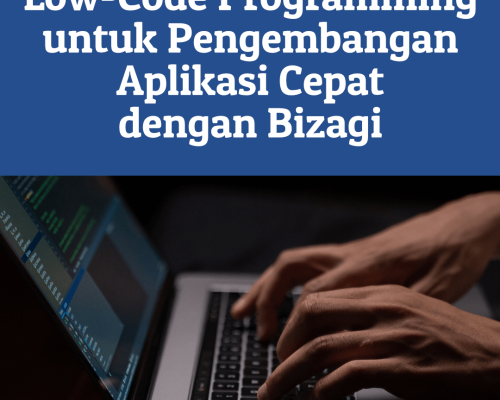
Praktik pengembangan software berbasis desktop menggunakan Java SE 11. Dilengkapi dengan pembahasan studi kasus terkait penerapan konsep pemrograman berbasis objek, pembuatan pernyataan java basics, pembuatan user interface menggunakan swing, dan penggunaan JDBC untuk mengkoneksikan software dengan database.
CONTENT
1. OOP Concepts
1.1 Konsep Pemrograman dan Paradigmanya
1.2 Teknologi Java dan Perangkat Pemrograman
1.3 Konsep Dasar Pemrograman Berorientasi Objek
1.4 Karakteristik Pemrograman Berorientasi Objek
2. Java Basics
2.1 Pernyataan dan Ekspresi
2.2 Pernyataan Penentu Keputusan
2.3 Pernyataan Pengulangan Proses
2.4 Pernyataan Pemindah Proses
3. Java GUI
3.1 Konsep Graphical User Interface (GUI) di Java
3.2 Komponen Dasar Swing
3.3 Penanganan Kejadian (Event Handling)
3.4 Studi Kasus Membangun Aplikasi GUI
4. Java Algorithms
4.1 Pengantar Algoritma
4.2 Struktur Data dengan Java Collection
4.3 Sorting Algorithms
5. Java Database
5.1 Pengantar Database
5.2 Pengantar SQL
5.3 Koneksi Aplikasi Java ke Database
5.4 Studi Kasus Aplikasi Java Database
Course Features
- Lectures 7
- Quizzes 2
- Duration Lifetime access
- Skill level All levels
- Language English
- Students 15
- Certificate Yes
- Assessments Yes
Private Offline
- A. PERSIAPAN
- B. PEMBELAJARAN
- C. PENUTUPAN




